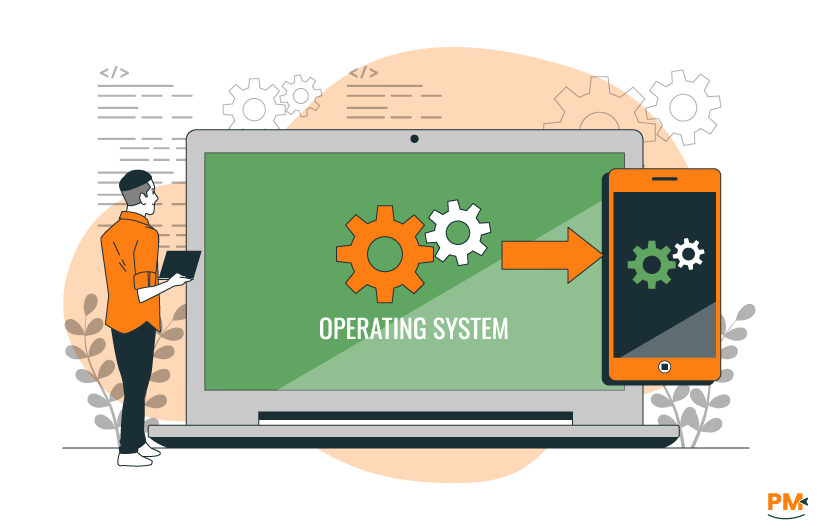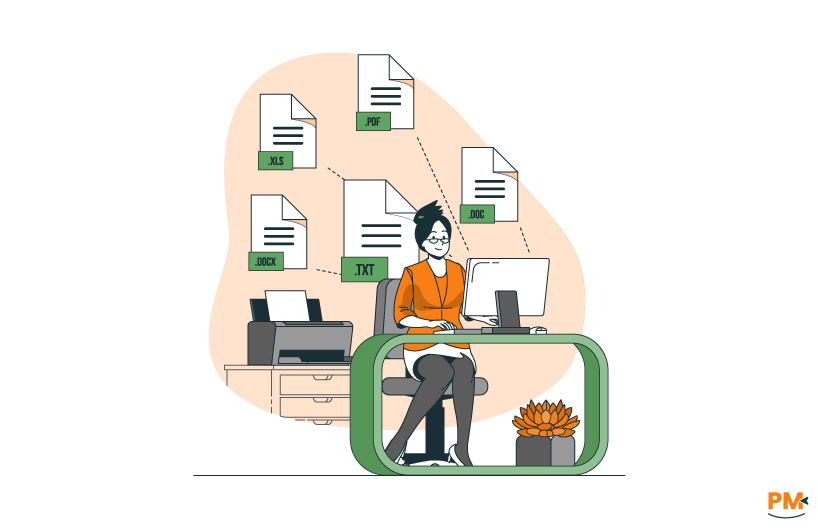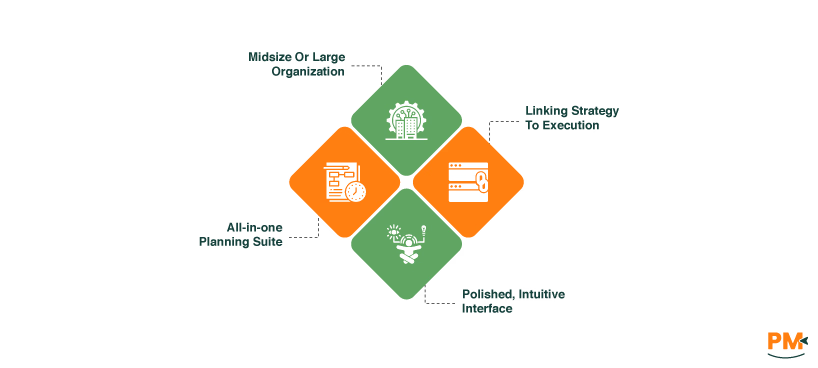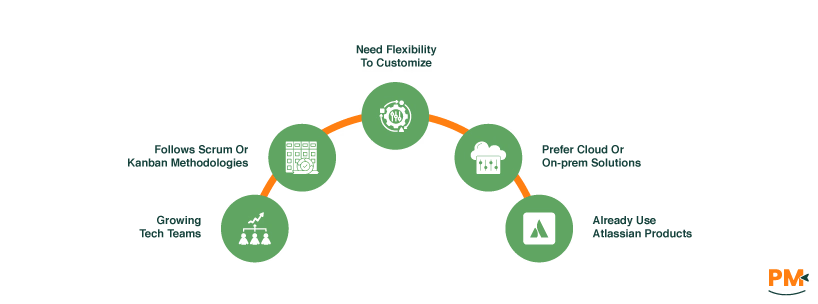
Choosing the right product management platform means matching your team’s workflow and goals. Aha! is a cloud-based product strategy suite, while Jira (by Atlassian) is a flexible issue-tracking and project management system. Aha! focuses on strategic roadmapping, ideas, and planning, whereas Jira excels at agile task tracking and development workflows. In this comparison we’ll break down both tools on features, usability, pricing, and more, so you can decide based on facts — not buzzwords.
Aha! is a web-based product management platform built around roadmaps and strategy. It helps teams link high-level strategy to execution by managing goals, releases, features, and ideas in one place. As a SaaS offering, Aha! Roadmaps runs entirely in the cloud (no self-hosted option) and organizes work into initiatives, releases, and features. It includes built-in idea portals and feedback capture, visual planning boards, and an AI-powered knowledge base. The interface is modern and visual, but Aha! is a complex tool: it’s aimed at product managers who need end-to-end planning, not just bug tracking.
Aha! Pros And Cons
Pros
- Strategic Roadmapping And Planning: Aha! shines at linking product work to business goals. You can set objectives, initiatives, and see visual roadmaps that align features with strategy
- Idea And Feedback Management: It includes an ideas portal to capture and prioritize customer feedback. This makes it easy to crowdsource ideas and drive them into the roadmap
- Feature-Rich Product Suite: Beyond roadmaps, Aha! offers modules like Aha! Knowledge (an AI-powered doc/wiki hub) and whiteboarding. Many features (custom scoring, templates, analytics) are built-in, so you don’t need extra plugins
Cons
- High Cost: Aha! Roadmaps starts at $59 per user/month, making it significantly more expensive than basic Jira plans. You also pay extra for advanced modules (Aha! Develop, Ideas, etc.) . There is no free tier beyond a trial
- No On-Premises Version: Aha! is strictly cloud-based. If you need self-hosting or an internal server, Aha! does not offer that option. You’re reliant on Aha!’ s cloud service
Jira Software is Atlassian’s flagship project and issue tracking tool. It’s a cloud (or self-hosted Data Center) platform that organizes work into projects, issues, and sprints. Jira supports Scrum and Kanban boards natively, along with backlogs and roadmaps (via add-ons). It excels at tracking tasks, bugs, and stories through customizable workflows. Multiple views (list, calendar, timeline, boards) help teams plan and visualize progress. Because Jira is part of the Atlassian suite, it integrates tightly with Confluence (docs), Bitbucket (code), and thousands of apps in the Atlassian Marketplace.

Jira Pros And Cons
Pros
- Built-in Agile Support: Jira provides out-of-the-box Scrum and Kanban boards, backlogs, sprint planning, and Agile reports. Teams can easily break work into epics, stories, tasks, and subtasks with customizable states
- Integration Ecosystem: Jira connects to thousands of apps (3,000+ in the Atlassian Marketplace). You can plug it into code repos (GitHub/Bitbucket), CI/CD pipelines, CRM tools, Slack, and more (It also can integrate with Aha! for linking strategy to issues)
- Flexible Deployment: Available as Jira Cloud or self-hosted Data Center. Cloud users get automatic updates and high uptime SLAs, while server/data center buyers have the option to run Jira on their own infrastructure
- Free Tier Option: Atlassian offers a free plan for up to 10 users (Core features, limited support). This makes Jira accessible for startups or small teams
Cons
- Cost Per User: Beyond the free tier, Jira is subscription-based: as of 2025, the Standard plan is $7.53/user/month and Premium is $13.53/user/month. Large teams pay significant fees
- Complexity: The richness of Jira comes with a learning curve. New users may find the UI and multitude of fields/pages confusing at first
Tasks And Workflow Management

Aha! : Work is organized around product planning. You define initiatives (big goals) and break them into releases and features/ requirements. Each feature has custom fields (priority, effort, score) and can link to tasks or notes. Aha! allows creating custom workflows for features or requirements (e. g. draft → planned → completed). Tasks (to-dos) can be attached to features, ensuring team members know what to do to deliver each feature. Overall, Aha!’ s flow is simple and plan-driven: auto-notifications, mandatory fields, and scoring streamline handoffs, but it’s not a full ticket tracker.
Jira: Jira treats everything as an issue in projects. You can create issue types (bugs, stories, tasks, epics, sub-tasks, etc.) and customize their workflows (Open → In Progress → Done, etc.) . Crucially, Jira offers Kanban and Scrum boards out-of-the-box. On a board, issues move through columns representing workflow states, giving a live view of progress. Backlogs let you drag-and-drop prioritize issues for sprints. Jira also supports global or project-specific automations (e.g. automatically close linked tests when a bug is fixed).
In summary, Aha! provides basic workflows tied to strategic plans, while Jira delivers a comprehensive task-tracking system with visual boards.
Customer Support

Aha! : Support is offered directly by Aha!. All users (even trial users) have access to their Customer Success team via email or chat. Aha! advertises 24/7 issue reporting with a typical 2-hour response time. There’s a rich help site, documentation, webinars, and training.
Jira: Atlassian’s support varies by plan. Free and Standard plans get community support and business-hours help respectively. Premium/Enterprise customers get 24/7 support and faster SLAs. Atlassian also offers extensive documentation, an active user community, and a marketplace of consultants. Many teams rely on Atlassian’s knowledge base and forums.
In practice, Jira’s paid plans yield more reliable live support, whereas Aha!’ s all-in-one pricing includes support for everyone.
Collaboration Functionality

Aha! : Collaboration centers on planning artifacts. Team members can comment on goals, ideas, or features and receive email updates. Aha! supports an “ideas portal” where customers and colleagues can submit and vote on ideas. Whiteboards (if used) allow real-time drawing. For direct messaging, you’d use external tools. Aha! does allow private comments on features and fine-grained permissions (e. g. guest viewers on a roadmaps).
Jira: Collaboration is built-in to issues. Team members can @mention anyone (with automatic notifications), comment on tickets, and watch or assign issues. You can attach screenshots or docs directly to tasks. Jira issues show full histories (who changed what, when). Jira also has team dashboards and shared roadmaps (via Advanced Roadmaps) so everyone can see project status. Integrations extend collaboration: e. g. Jira can post updates to Slack or Teams, link commits in Git, or integrate with Confluence pages.
In short, Jira offers robust in-issue discussion and cross-team notifications, making team coordination smoother than Aha!’ s more static ticket comments.
Cross-Platform Support

Aha! : Aha! is a pure cloud service, so you access it through any modern web browser. There is an official mobile app for iOS and Android, giving roadmaps and updates on the go. (The mobile app lets you view and comment on plans, tasks, and releases.) Beyond that, there’s no desktop client. Offline access is not provided, and usage is always via the Aha! web/mobile UI.
Jira: Jira also runs in any web browser or via its native apps. Atlassian provides fully-featured mobile apps for iOS and Android. The mobile apps let you review boards, update issues, and receive push notifications. For desktops, Jira has no separate application, but it can integrate with tools like Atlassian Companion (for large file uploads) and desktop productivity suites via APIs. Importantly, Jira’s self-hosted Data Center option can be deployed on-premises or private cloud if needed, offering more flexibility in hosting than Aha! (which is cloud-only).
Ease Of Use And UI

Aha! : The interface is clean and visual, designed for product planners. Dashboards, roadmaps, and custom charts are polished. Onboarding walks new users through concept templates (roadmaps, idea boards, etc.) . However, many review comments note that the learning curve is steep. The sheer number of features and the strategic depth can feel overwhelming at first. Once set up, day-to-day navigation (drilling into a release or feature) is straightforward, but admins often need training to configure everything. In short, Aha!’s UI is powerful but not minimalist – it caters to experienced product managers more than casual users.
Jira: Jira’s UI is modern but very comprehensive. You’ll see lots of buttons, menus, and fields on each screen. Agile teams tend to find the board and backlog screens intuitive (drag & drop to plan sprints). Search and filters are powerful. Reports and dashboards can be customized with gadgets. However, new users often comment that the interface is busy and takes time to learn – there are many paths and screens (projects, issues, boards, filters, etc.) . Atlassian has added tips and tours, but mastering Jira’s full UI still requires patience. Overall, Jira’s UI is feature-rich and logical for power users, but basic users might initially feel “there are so many features”.
Time Tracking

Aha! : Yes. Aha! includes capacity planning and time tracking tools. You can estimate effort on releases, features, or requirements (in hours or story points) and then log time spent when tasks are done. The system can auto-calculate how much of your estimate remains or has been completed. Managers can view capacity bars on releases (planned vs actual), and generate reports on time spent vs estimates. This built-in time logging means teams do not need a separate app to track hours – Aha! captures it as part of the roadmap planning flow.
Jira: Yes. Team members can log work against tickets (entering hours worked and comments). By default, work logged subtracts from the remaining estimate to show progress. Jira provides some timesheet gadgets and a time-tracking report. (For more advanced needs like billing rates or automated timers, teams often add marketplace apps, but the native logging works for most tracking purposes.)
Documenting Capability

Aha! : Aha! itself is not a wiki or public knowledge base. However, it offers Aha! Knowledge, a built-in documentation portal for product info. Teams can create internal docs in Aha! (with templates, AI drafting, versioning) and link them to features. But if you need a customer-facing self-service KB or blog, you’d run a separate site or use another tool. Aha! highly effective at storing product strategy docs and attachments within the planning tool.
Jira: Jira Software (or Jira Core) has no dedicated article/wiki feature. Documentation is usually handled by Atlassian Confluence (a separate product) or by attaching files to issues. For example, teams often author requirements or design docs in Confluence and then link those to Jira issues. In Jira itself you can write rich descriptions, add screenshots, and link issues together, but it’s not meant for structured publishing.
In short, for knowledge bases and documentation, Jira relies on Confluence or external tools, whereas Aha! provides a basic internal docs hub out of the box.

Aha! : There is no free version of Aha! software. Pricing is per user/per product. Aha! Roadmaps starts at $59 per user/month. Other Aha! modules (Ideas, Whiteboards, Knowledge, Develop) have their own licenses (ranging from $9 to $39+ per user/month). In short, Aha!’ s TCO is high but includes a suite of tools.
Jira (Cloud): Atlassian offers a free tier (up to 10 users, limited features). Paid Cloud plans are per user: Standard is $7.53/user/month and Premium is $13.53/user/month. Enterprise pricing is available for very large teams. Self-hosted (Data Center) licenses are paid per user (annual). Remember also the costs of any add-ons (Confluence, plugins). In general, Jira’s base price is lower per user, but it scales with team size.
Total Cost of Ownership: Aha!’ s license fees are higher, but it bundles many capabilities (roadmaps, ideas, docs). Jira’s licenses are cheaper, but you might pay extra for Atlassian’s ecosystem (Confluence, Marketplace apps). Aha! saves you on integrations (most features built-in) whereas Jira may need add-ons for some functionality. Evaluate not just sticker price but support and hosting: Aha! is fully managed, while a self-hosted Jira incurs server/admin costs.
Disclaimer: The pricing is subject to change.

Aha! is ideal for product-centric teams that need strategic planning. It’s great if you:
- Are a midsize or large organization with dedicated product managers
- Want to link strategy to execution (mapping goals, initiatives, and features)
- Need integrated idea/feedback management (customer input directly shaping your roadmap)
- Are willing to pay for an all-in-one planning suite and can handle the setup/administration
- Prefer a polished, intuitive interface over minimalism (and have the product management expertise to use it)
Typical users include tech companies, enterprise product teams, or startups that prioritize product strategy. For example, software companies aligning multiple products to business objectives or B2B firms needing strict release planning will value Aha!. Aha! suits organizations that invest in process and can support a more complex tool. If you want high visibility of roadmaps and are OK with investing in a premium platform, Aha! could be the right fit.

Jira is best for development and project teams following Agile or traditional workflows. It fits you if you:
- Are a growing tech team (software, IT, ops, etc.) that needs to track many issues or tasks
- Follow Scrum or Kanban methodologies and want built-in boards and backlogs
- Need flexibility to customize workflows and fields for engineering, support, marketing, or HR projects
- Prefer a cloud or on-prem solution backed by enterprise SLAs (Jira Cloud Premium/Enterprise or Data Center)
- Already use Atlassian products (Confluence, Bitbucket, Opsgenie) or plan to build an integrated toolchain
Jira is popular among software developers, QA, and IT support teams. It’s especially useful in B2B tech companies where issue tracking, sprint planning, and deep reporting are essential. If your primary goal is agile project execution (with end-to-end traceability from code to deployment), Jira excels. It’s also a good fit for distributed teams who need mobile access and real-time updates. In short, choose Jira if you prioritize agility, customization, and can invest in per-user licensing for a robust ecosystem.
Aha! is for the big-picture product planners; Jira is for the day-to-day project executors. If your top priority is strategic product management and you can absorb the cost, Aha! could boost alignment and transparency. If you need task tracking, boards, and tons of integrations, and want a lower barrier to entry (thanks to a free plan), Jira is likely the better fit.
Which tool suits your team? Choose based on your workflow: strategic roadmap-led vs. execution-focused Agile. Your decision should hinge on the specific needs of your projects, team size, and budget — not on hype or familiarity.